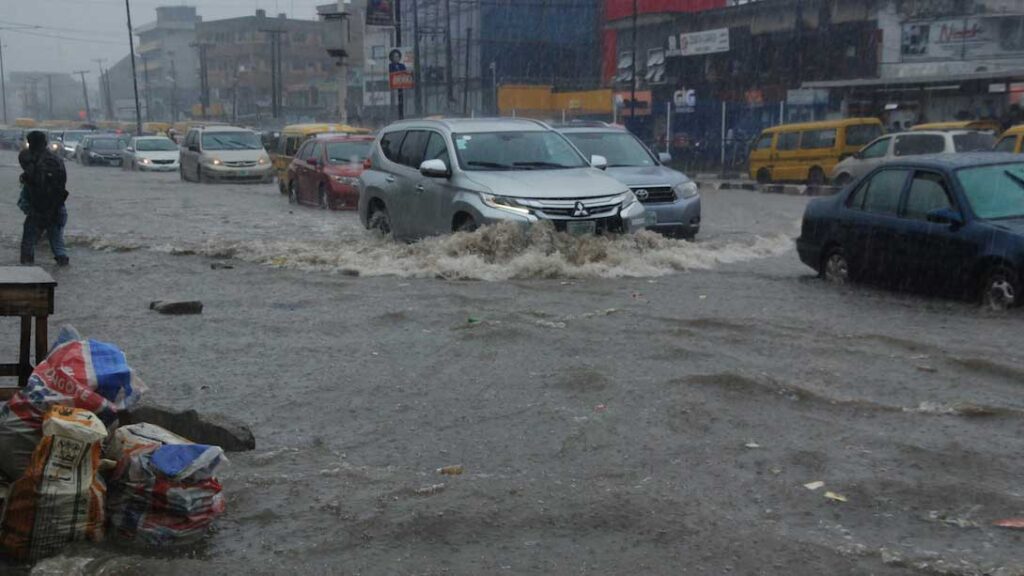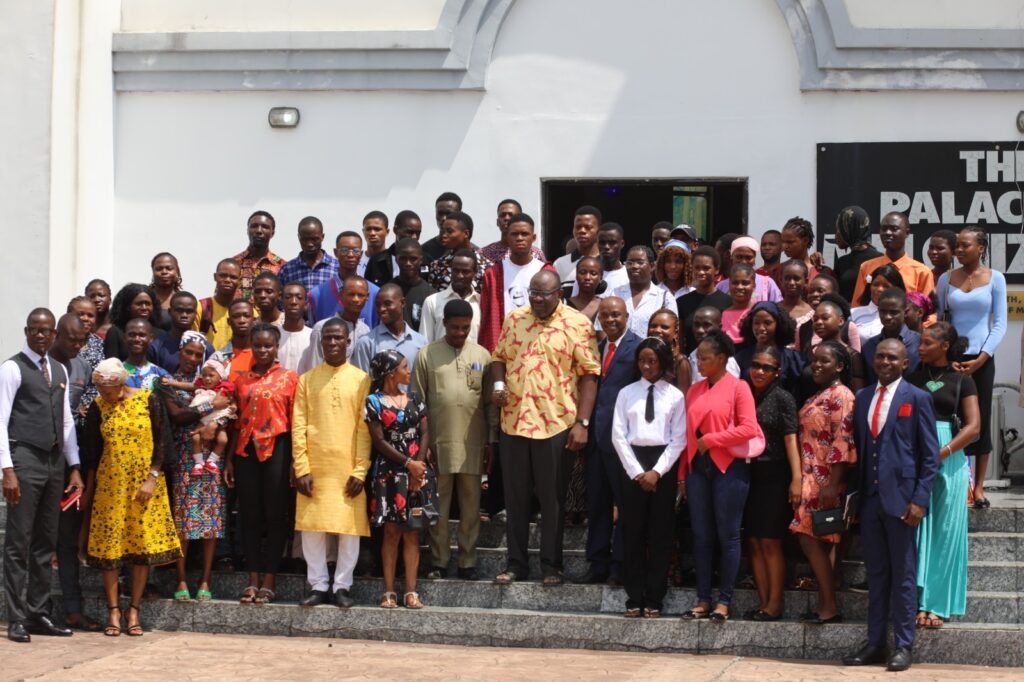
ASTRONOMERS believe that planets form from disks of dust and gas that swirl around young stars. Models suggest that gravity clumps the dust together into tiny pebbles that in turn form larger rocks that eventually become planets. Whereas scientists have seen disks of gas and of dust, the intervening phases between dust and planet have been missing—until now.
Reporting Tuesday at the United Kingdom National Astronomy Meeting in Llandudno, Wales, astronomers said they have used an array of radio telescopes to detect a belt of pebble-sized rocks around a young star—the next stage in planet formation.
According to the report published in Science/AAAS, the researchers used e-MERLIN, an array of seven dishes spanning 217 kilometers across the central United Kingdom. By combining the signals from all the dishes they can achieve the sensitivity of a single dish 217 kilometers across—a technique known as interferometry. In this way, they observed DG Tauri, a star 450 light-years from Earth that is shooting jets of hot gas from its poles—the sign of a young star (artist’s impression above).
Focusing on radio waves with a wavelength of 4.6 centimeters coming from DG Tauri, the team reported that it could see a band of material around the star at about the distance of the orbit of Jupiter from Earth. Such radiowaves would be produced by rocks of about a centimetre in size, suggesting this is a band of pebbles which will, sometime in the next few million years, coalesce into a planet.










